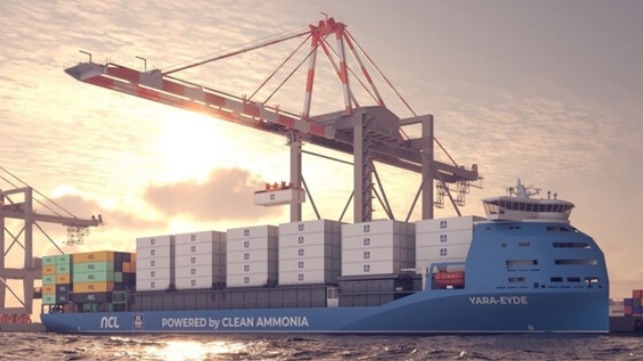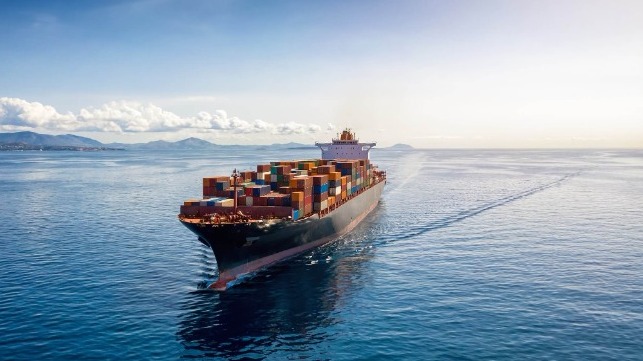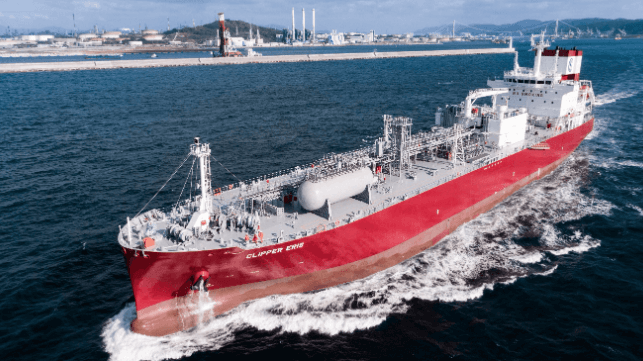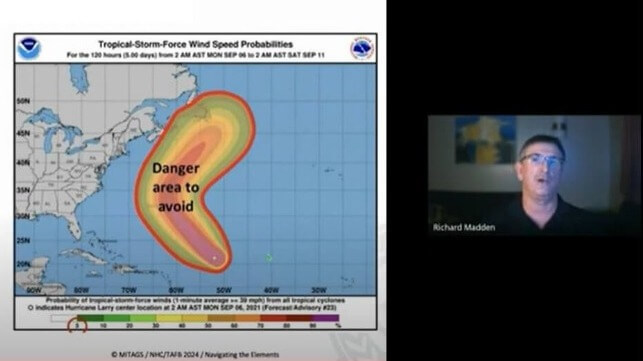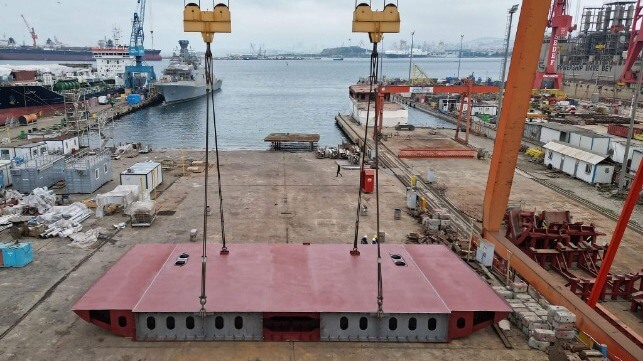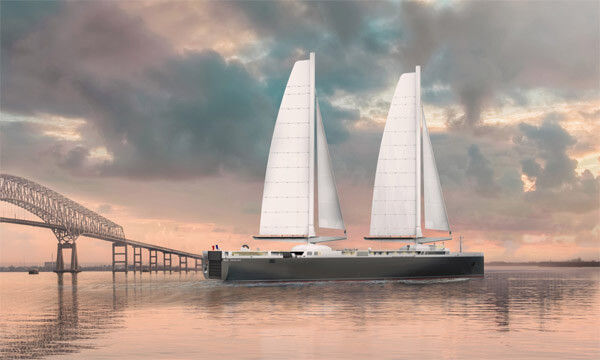Under pressure - space exploration in our time
Advancing space exploration through diverse collaborations and ethical policies
IMAGE:
THOMAS ZURBUCHEN, MICHELLE HANLON, AND DAVID MALASPINA SPEAK WITH SCIENCE JOURNALIST, NADIA DRAKE ABOUT SPACE EXPLORATION, DIVERSE COLLABORATIONS, AND ETHICAL POLICIES.
view moreCREDIT: CHRIS CASSIDY (BACKGROUND IMAGE) / JOSEF KUSTER, ETH ZURICH (MONTAGE)
In the past decade, humanity has seen the birth and expansion of a commercial space sector with new, private players, addressing technological challenges - from space launch to communication and satellite imagery of Earth. Last year, the global space industry skyrocketed launching more than 2,660* satellites into orbit, and, into the universe, interplanetary probes, landers, and much more. In the United States, SpaceX was responsible for almost 90% of these launches. In parallel to this progression is the expansion of more than 70 countries** demonstrating space capabilities. It affirms the general consensus and understanding that humanity will continue to rely on space activities to better the human experience. These developments create a novel landscape of both competition and collaboration for scientists, offering both challenges and opportunities.
In an increasingly fragmented world, the scientific community stands as an example of successful international collaboration and diplomacy. Science is based in a long-standing tradition of knowledge exchange that often transcends political boundaries for the benefit of all humanity. Cost-effective, commercial space technologies can enable novel research or reduce the cost of investigations opening new possibilities for the scientific community. At the same time, international partnerships can further broaden engagement, diversity, and collaboration in science and space exploration. While this might seem like a “win-win” scenario, the interest of the scientific community is to openly share data and analysis. Differing principles and ideals present potential areas of conflict. As governments and private entities fund bold, new projects, leaders, academics, and legal experts are contemplating both the larger consequences, as well as potential prospects.
High stakes leadership and landing on Mars
“When every mission is a first for humanity, the stakes are very high,” says Thomas Zurbuchen who led 54 missions as NASA’s longest serving Associate Administrator for the Science Mission Directorate. “When the clock is ticking, and the world is watching, a leader’s most powerful asset is a highly diverse team,” he says. Within this context, diversity can emerge from international and commercial partnerships, and can give rise to new missions. In fact, an estimated two-thirds of science missions have international partnerships.
Now, as the Director for ETH Zurich Space, in Switzerland, Zurbuchen reflects on the value of partnerships as a leadership tool. He uses examples from recent international missions, such as Mars InSight, to discuss how diversity creates opportunities for new and different ideas to come forward – even if some ideas pose an element of risk. He also addresses some of the challenges arising from partnerships. For example, some companies and countries prefer not to share their science data gathered in space, making reproducibility challenging for scientific analysis.
Cross-border diffusion – learning from lightning on Venus
“Scientific ideas move like space plasmas,” says David Malaspina, a space plasma physicist at University of Colorado, Boulder. “When they encounter a border, they find a way across.” Malaspina describes international academic collaborations as vital engines of discovery and attributes the language of science for fostering a sense of awe and wonder for the universe that transcends cultures. In science, and in plasmas, the most interesting physics happens at the boundaries.
Malaspina engages in international and generationally diverse research teams, including a team building a sounding rocket to explore the interface between Earth and space. He is also a member of a team that uses data from the Parker Solar Probe mission to explore Venus, seeking to understand the importance of a planetary magnetic field for habitability of Earth-like planets. He discusses how teams that foster inclusion of diverse perspectives create new opportunities for scientific progress.
Why protect bootprints on the Moon?
Unlike ancient footprints, cave drawings, and stone-age tools found here on Earth, the first traces of human activity on the Moon, including Neil Armstrong’s bootprint, are not protected under any existing laws or regulations. Michelle Hanlon, space lawyer and Executive Director of the Center for Air and Space Law at the University of Mississippi School of Law, thinks this is a travesty.
Hanlon explains why protecting historic sites on the Moon and elsewhere in space not only preserves the past, but also provides a vital foundation for the future. Hanlon explores the gaps in space law and, in particular, she asks, “What are the differing obligations space law imposes on scientific and commercial activities, as well as governmental and private actors.” Hanlon anticipates that space law, ethics, policy, and treaties will take on an increasingly higher strategic priority as nations seek to avoid potential conflicts.
References
*Edouard Mathieu and Max Roser (2022) - “Space Exploration and Satellites” Published online at OurWorldInData.org. Retrieved from: 'https://ourworldindata.org/space-exploration-satellites' [Online Resource]
**Data from: https://worldpopulationreview.com/country-rankings/countries-with-space-programs [Online Resource]
Special thanks to science journalist, Nadia Drake for moderating ETH Zurich's scientific session, "Advancing Space Exploration Through Diverse Collaborations and Ethical Policies" at AAAS 2024.
###

